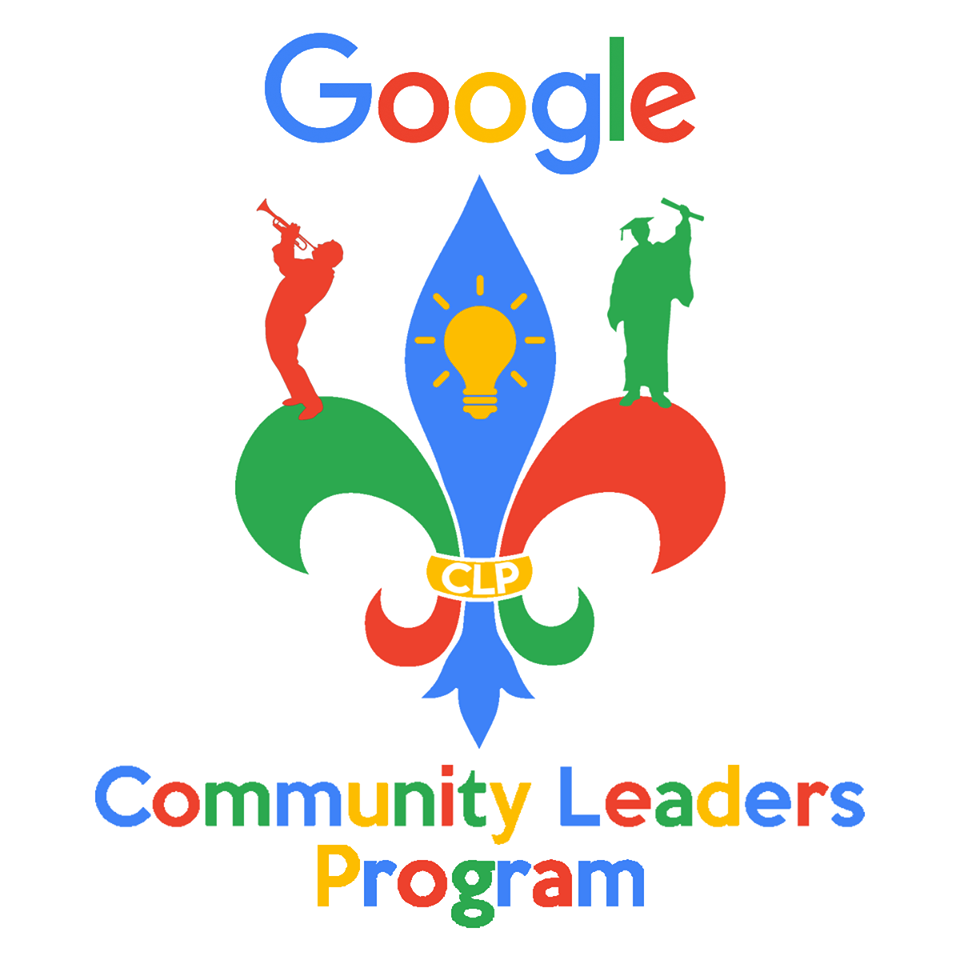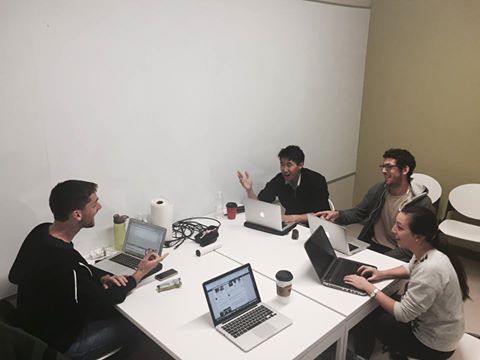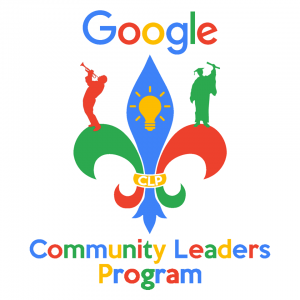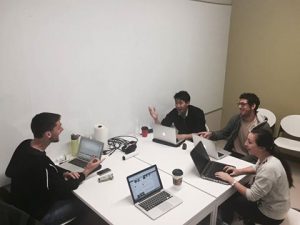Google Community Leaders Program aims to close the digital divide
March 2, 2016
Most college students in 2016 do not underestimate the tremendous role technology plays in their lives. Students in the Google Community Leaders Program deliver skills to younger groups that might not otherwise understand the force of technology in today’s world.
The Google Community Leaders Program is a largely student-run, Google-sponsored national initiative with teams in at least 10 cities around the U.S. The New Orleans team, now consisting of mostly Tulane and Loyola students, is on the hunt for student volunteers as they expand their reach at local schools and youth groups. The team’s special focus is on technological education to reduce what student leaders call the “digital divide,” a socioeconomic gap in computer skills.
“[With] us being students and pursuing degrees, it’s hard to understand that people outside of this environment have a lot less exposure to computer science,” said Tulane senior Kaito Kuroda, who serves on the education team. “Everything is the Internet and everything is computers, and whether that’s trying to get a job or run a business or keep your family financially stable, everything requires those kinds of skills.”
The team began with students from Tulane, Loyola, Xavier and Dillard universities in 2013 when members wanted to help small, family-owned New Orleans restaurants create online presences for tourists arriving for the Super Bowl. In the spring of 2015, the team made the transition to an education work team, and now teaches elementary to middle school students.
“A lot of our responsibility is in understanding where they’re coming from, what their background is, and where we’re able to help them instead of just giving a blanket of skills,” said Ben Lamport, a Tulane senior who coordinates the education team. “We have to adjust those depending on who we’re working with.”
A wide range of skills is taught to students by the team, such as conducting a Google search, creating an e-mail account, blogging and introducing computer programming. Lamport is heavily involved in a coding program CLP started recently at the KIPP Academy in Central City, and has seen great progress in the students. This semester, the technology coordinator at the school even requested that interested students go through an application process for the sessions.
“This kid had this puzzle online and couldn’t figure it out … then he made the appropriate tweak … it was Angry Birds based, so once the bird finally caught the pig, there was a momentary flash where his eyes lit up and it was like ‘I can do that, I solved that,'” Lamport said. “He geared back into it and went to the next problem and he was looking for more.”
Mentorship is an essential component of the sessions taught to younger students, especially since the after-school nature of the sessions means that the students can be tired and have difficulties learning previously foreign technological skills.
“That’s one of the reasons why it’s taken us a little while to get started,” Tulane senior Evan Walter said. “When you have these moments where a student really trusts the person they’re working with, their eyes light up, [and] something incredible like that happens.”
New Orleans CLP is in the process of obtaining official recognition as a student organization at Tulane, and for this reason, they cannot yet table as a way of advertising their need for volunteers. The 7-10 core team members, who meet once a week, train volunteers and attend school sessions, rely mostly on personal social connections to recruit volunteers.
“On the administrative side, it really requires a lot of passion for the project and a lot of motivation to spend the time outside of class and outside of extracurriculars to create the foundation for this program and to cement the partnerships that we have,” Lamport said.
Volunteers have greater liberty in choosing the time commitment they are able to the program, and low-intensity training from the core team before school sessions allow volunteers to feel confident in their teaching abilities once in a school.
“The structure we try to create is so that volunteers really don’t have to bring anything or spend any time outside of the training, just show up and try to make a difference right away,” Lamport said.
Monitoring the impact on students is difficult because CLP’s overarching goals are to instill skills that can help students eventually get into college and pursue career paths of their own choice and passion, but CLP members still maintain a vision for what they hope to see and accomplish.
“The way I think about CLP is an opportunity for us to fill these gaps in knowledge that sometimes can bar a student from taking the next step to success,” Walter said.
The team members all emphasized the lack of necessity for CLP student volunteers to be especially proficient in matters of technology.
“For anyone that might want to be involved, we’re looking for people who are passionate about education and helping other people,” Walter said. “The tech part is just the way we’ve figured out how to do that.”













Leave a Comment